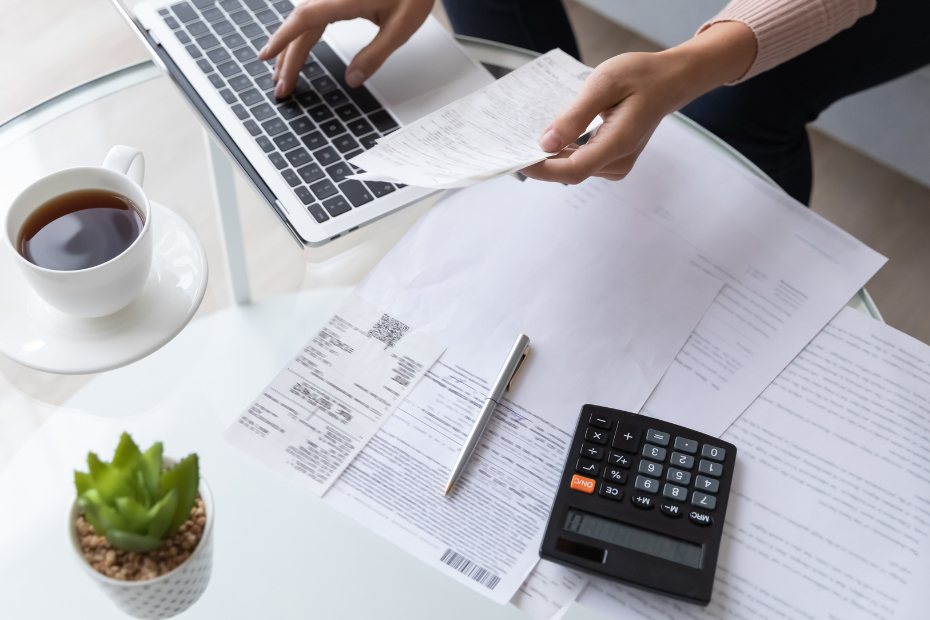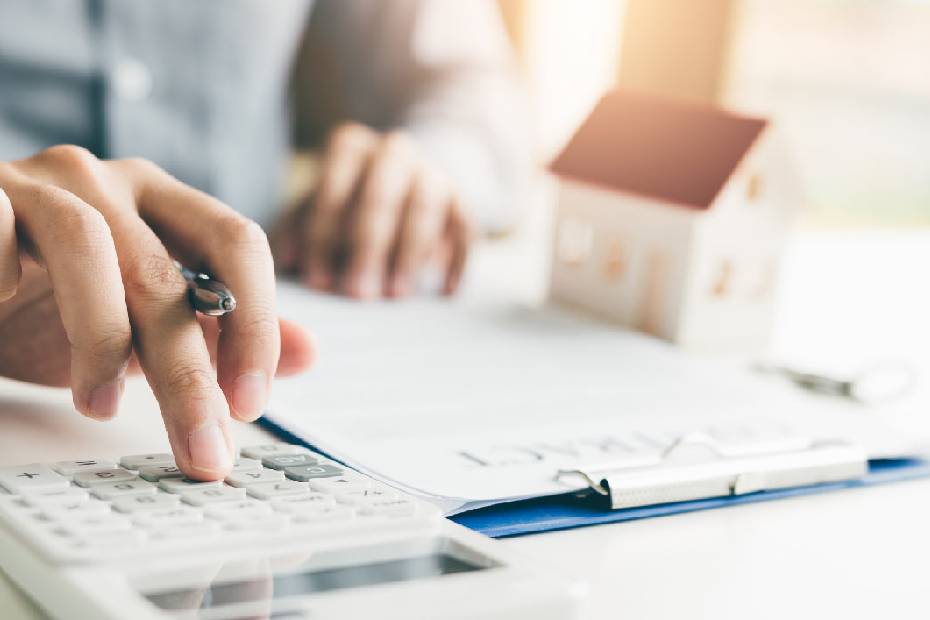Published July 26, 2023 • 4 Min Read
Impulse purchases are common — buying to relieve stress after a bad day, to treat yourself after a long week — or because a sale was too good to pass up.
Throughout the pandemic, Canadians were motivated to shop more online as well as to help support local businesses, which tapped into emotions and shaped the desire to click, swipe, tap and buy. While studies show that spending money can trigger a hit of the happiness hormone dopamine, it’s no wonder people spend money to make themselves feel better.
But while impulse buying on occasion is very common, uncontrolled emotional spending — despite knowing the potential consequences — might seriously impact your finances.
Here are some reasons why people buy impulsively and what you might do to better control impulse spending.
What is impulse spending?
Impulse spending is when someone makes a spontaneous, emotional purchase they haven’t planned, budgeted for or taken the time to consider. Impulses can be hard to manage and are often the result of emotions such as joy or anger and other psychological factors.
Though not every unplanned purchase may be impulsive, research also shows that the COVID-19 pandemic increased impulse buying in many consumers as it can provide a feeling of empowerment in a situation that otherwise feels out of control.
Why do people spend impulsively?
One study on the behavioural psychology of impulse buying suggests that people’s shopping habits are influenced by things such as:
-
Personality traits
-
Buying beliefs and attitudes
-
Cultural values
-
Demographic factors
These internal influences combine with external factors, like the way a store displays an item to impact impulse spending. These combinations can include:
-
Instant gratification. In-store and online shopping provide a hit of dopamine that makes consumers happy
-
Product promotion. Retailers are very intentional and strategic with how they place and promote products — like window displays, checkout aisles and online stores that suggest items you might like.
-
Novelty and the joy of shopping. Shoppers are often swayed to buy something just for the sheer joy and novelty — whether it’s a quirky pair of socks, a fun pin or a new flavour of your favourite snack.
-
The feeling of getting a deal. Consumers are more likely to buy products that offer savings to make them feel like they’re getting a bargain.
-
Peer pressure or the fear of missing out. FOMO (fear of missing out) is a term used to describe the stress and anxiety people feel when they think others might be having more fun, living a better life or buying something they can’t have.
How to control impulse spending
It can be challenging to overcome the drive to make an impulse purchase. Fortunately, there are steps you can take to help safeguard your budget and keep control over your spending habits.
-
Make a list and stick to it. Seeing your planned purchases can help keep you on track so you’re less tempted to purchase things you don’t really need or want.
-
Set limits. Setting the amount you plan to spend beforehand can help you stay thoughtful while you shop. For some, it may seem like a novelty, but good, old-fashioned bills and coins may be a way to curb impulse spending.
-
Limit social media. With targeted advertisements, buying in-apps and influencer promotions, it’s easy than ever to make impulsive purchases on social media. Limit your screen time and curate your feed to avoid following people who trigger these buying impulses.
-
Sleep on it. Getting some time and space away from the temptation of an impulse buy can allow the thoughtful part of your brain to take over. Then you can decide if you still need or want the item.
-
Build a budget that includes saving. Savings goals (for retirement, education, a vacation, etc.) can make budgeting and managing your money easier as they create something to work towards and look forward to.
-
Identify your triggers. For example, don’t start shopping if you’re tired, feeling down or restless. Identifying your triggers for impulse purchases can help you think through whether or not you actually need to make the purchase, or if you’re just feeling a certain way.
-
Shop with someone. A trusted friend or family member can help you stick to your list and keep your budget on track.
Remember: Impulse buying happens; you don’t need to feel bad about every purchase. But a reasonable retail therapy purchase should be something you can buy that doesn’t have negative consequences like increasing your debt or throwing off your budget.
This article is intended as general information only and is not to be relied upon as constituting legal, financial or other professional advice. A professional advisor should be consulted regarding your specific situation. Information presented is believed to be factual and up-to-date but we do not guarantee its accuracy and it should not be regarded as a complete analysis of the subjects discussed. All expressions of opinion reflect the judgment of the authors as of the date of publication and are subject to change. No endorsement of any third parties or their advice, opinions, information, products or services is expressly given or implied by Royal Bank of Canada or any of its affiliates.
Share This Article






